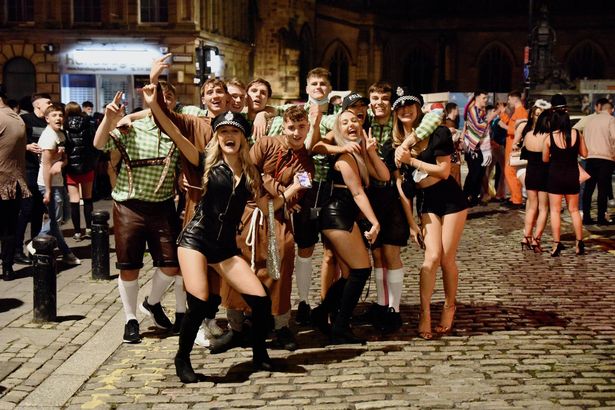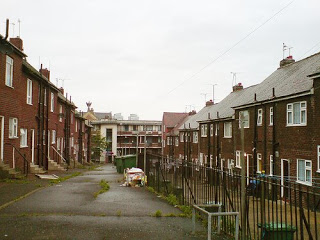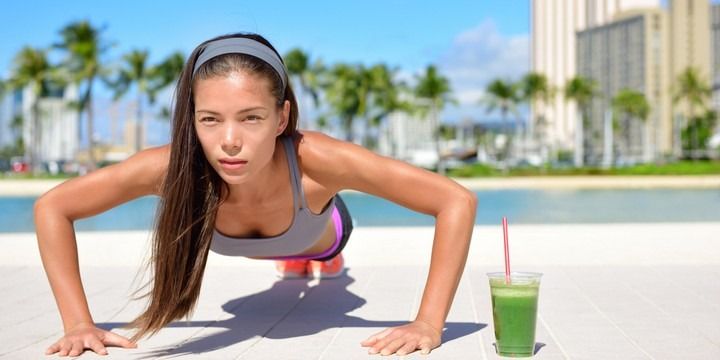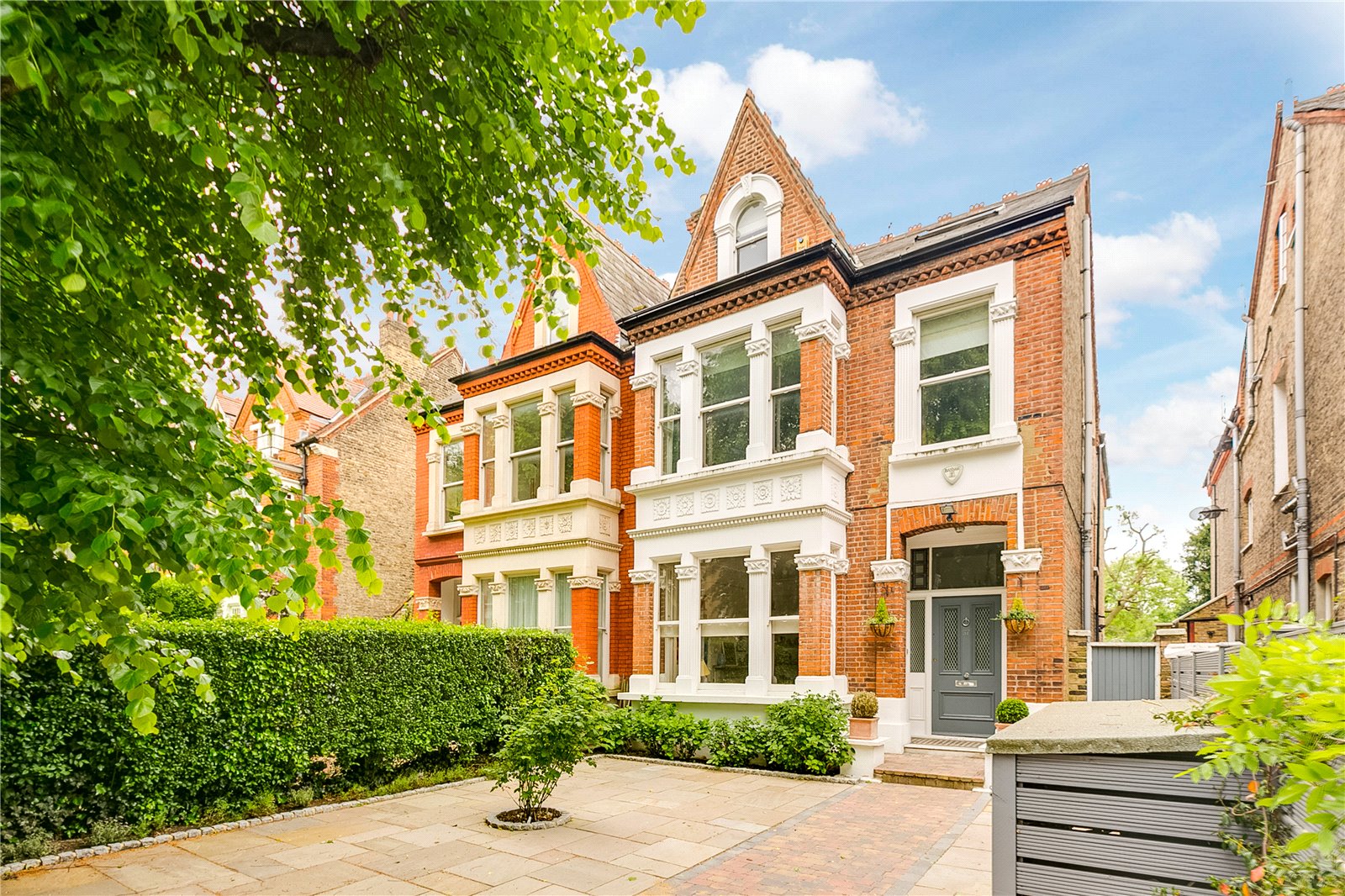683: Coronavirus update for property investors
11-05-2020
PropertyInvesting team
Three Tier System Not Good Enough: The three tier system of COVID-19 restrictions did not work effectively and cases have continued to shoot up. On the day the Lockdown was announced 1 November – that started 5 November – it was the first data suggesting that cases had plateaued if not were on a downward trend. The Government made a call to Lockdown until 2 December. Most people think if we had had a 2-3 week Lockdown about 3 weeks ago – timed to coincide with half term – we would have got the situation under control. And because of the delay, we now need a 4 week Lockdown through to 2 December. There is never a right answer it seems – so many moving variables – but it d oes seem likely that the Lockdown in March came 2 weeks too late and this one 2-4 weeks too late. That said, some people think Lockdowns would not help – and the economy and job protection are more important than protecting the NHS from overcrowding and likely saving some lives. Most people have strong and often differing views- just like on Brexit. Instead of judging which is best, for the property investor and individual concerned about their economic and physical health, we would like to give a few insights to help.
oes seem likely that the Lockdown in March came 2 weeks too late and this one 2-4 weeks too late. That said, some people think Lockdowns would not help – and the economy and job protection are more important than protecting the NHS from overcrowding and likely saving some lives. Most people have strong and often differing views- just like on Brexit. Instead of judging which is best, for the property investor and individual concerned about their economic and physical health, we would like to give a few insights to help.
The Virus Likes Cities - Zaps for 45 days: Firstly, when we assess all the graphs of this global pandemic – both on a national, regional and city wide scale – a few general principles come out. When the virus hits a city, it seems to rapidly get out of control and there is an exponential increase in cases then start dropping – over a period of 45 days. You can see this in England for example with the cities below. One could argue this drop is related to local Lockdown measures, but we think regardless of this, it would drop after this 45 day period. As we know, deaths tend to follow 12-15 days after cases are recorded. Hence deaths would normally start dropping after about 40 days from the onset of the exponential large increase in numbers.
When each city gets “zapped” at different times, it creates the impression that the whole country has COVID-19 cases getting completely out of control. But if you keep adding this increase and decline curves as the virus hits different cities and regions, they will of course be on an upward trend as more urban areas are affected - this has happened in the industrial northern cities in October of course.
Forecast: Based on this assessment, we expect overall cases to start dropping from 6 November onwards, and deaths to start dropping in about 18 days time – and it should become clear that by early December – the worst of this second wave will be over. We predict that the death rate for the UK will top out at around 600 a day by end November – about 50% of the March-April levels. We also think the government may be cautious on lifting the Lockdown, and it may be extended to around 11 December – this is when the Universities break-up – a time when students would normally travel back home for Christmas. So it looks rather bleak at this time, but we think the worst will be over in the next few weeks. Remember the 45 day rule as a go-by as COVID-19 in this autumn-winter period sweeps through the UK. We can already see Manchester and Nottingham improving, Leeds stabilizing but expect Birmingham to worsen and places like Bristol and Norwich as this cities are hit a little later for a 45 day period. We think London is unlikely to see a big increase because this city was zapped so hard end March 2020 – its already been though London.
Likelihood of catching COVD-19: Some hopefully help tips. You are far more likely to contract COVID-19 if you:
- Live in a multi-generation family home, particularly if this is in cramped
 living conditions
living conditions
- Work in the service sector that has directly interfaces with the general public or work in very close proximity to other people (e.g. meat packing factories)
- If you work indoors with other people
- If you mix with different types of people indoors socially
- If you don’t wear a face mask
- If you don’t wear glasses (it is thought the virus might enter via the moisture in the eyes – and by wearing glasses you are also far less likely to rub your fingers with the virus on it, into your eyes and thence transferring into your body)
- You are young and socially mix with many other people and households – either at School, College or University – or socially in cafes/bars etc (an example is the photo above - that shows people socialising in Newcastle on 31 Oct 2020 - not much evidence of social distancing here).
- If you don’t regularly wash your hands
- If you don’t stay 2m away from other people at all times
- If you expose yourself to large “viral loads” – for example standing next to someone in church who sneezes
- If you shout, sing or talk loud or are next to someone that does this also – this encourages spit, and droplets of moisture in the air to travel – over large distances from your mouth to other people thence infecting them
Environmental factors also have a large factor:
- Sun – the virus dies if it is hit by strong direct sunlight for a few hours – it does not like the sun – direct ultra-violet light
- Heat – the virus seems to thrive in the temperature range 3 to 15 deg C – c
 ool climates – it does not like hot climates
ool climates – it does not like hot climates
- Humidity – the virus prefers dry climates – it is thought the virus can get deep into the lungs by circulating in dry climates and entering any enflamed parts of your lungs that might have been enflamed by very dry cold air, pollution or an existing cod-bronchial-coughing condition
- Wind – the virus does not seems to like wind or well ventilated environments – it prefers stagnant cool environments
- Ventilation – the virus thrives in poorly ventilated rooms or buildings
- Pollution – it’s likely the viral particles can attach themselves to small particulate pollution in cities and then swirl around and be ingested by the general public outside (and also inside buildings)
- Air Conditioning – a low quality air conditioner that does not filter the air properly likely does more harm than good – because the cool environment it creates can help the virus to survive whilst the virus can circulate and attach onto particles and dust
Things to Mitigate the Risks of Having Severe Symptoms:
- Take vitamin D tablets especially in the winter months, if you are elderly or if you work inside and don’t see much sun – also if you are ethnically dark skinned (black people for instance need far more sun o
 n their skin to produce the desired levels of Vitamin D to stay healthy)
n their skin to produce the desired levels of Vitamin D to stay healthy)
- Make sure you get a flu jab as soon as possible – this is thought to partially protect against the most severe COVID-19 symptoms
- If you are obese (or overweight) try and reduce your weight through exercise and/or diet – it is far harder to breath if you are obese and if you lungs are impaired due to COVID-19 inflammation (symptoms) you will more rapidly get breathing problems that can cause a shortage of oxygen and ultimately death from organ failure and/or heart attack
- If you are aged 50 or over be particularly careful not to catch COVD-19 in the first place because you are in the high death risk group of people (avoid social contact particularly with younger people that socialise) – most COVD-19 death are people aged over 50. In addition, Long COVID sufferers report severe fatigue, breathing problems and heart problems - best not to get it in the first place since you may never fully recover.
- If you have an underling health issue - be particularly careful not to catch COVD-19 in the first place because you are in the high death risk group of people
- If you smoke, stop smoking because studies show this significantly increases the chance
 of death if you catch COVD-19
of death if you catch COVD-19
- Get plenty of exercise, build strong muscles for resilience and eat a healthy diet
- Avoid binge drinking – this causes a situation where you let your guard down – massively increase your social contacts and alcohol also reduces your resistance to viral infection. Alcohol drank in public areas is often in poorly ventilated and cramped environments where COVID-19 transmission will be easier
- Avoid getting a high dosage of COVID-19 – it is thought the dosage is important. If you get a low dosage - your immune system is far more likely to fend off the symptoms and build your resistance to the virus. Wearing a mask helps plus avoiding social contact, poorly ventilated and overcrowded buildings – particularly if these are younger people that socially mix more.
Property Investment
The outlook looks very uncertain – though it is likely the worst health-wise on the COVID-19 front will be over by mid December. The Furlough scheme was on 5 Nov extended all the way to end March 2021 which will help buy to let investors – preventing arears from renters. But the end of the stamp duty holiday end March 2020 is a real concern – what happens after this when the unemployment level is likely to continue to rise sharply during this period is concerning. On 5 Nov the Bank of England announced another £195 billion stimulation package mainly aimed at the banks – to assist lending. The base rate was also kept at a record low of 0.1% which helps. What also helps is that property marketing of lets and sales are allowed during the current Lockdown – including moving home. So this should help the property market through this tough period. In addition, building and maintenance is also allowed un-interrupted – this is important for property investors that might be renovating, extending or upgrading properties. The big downer is the drastic -14% GDP economic contraction – a massive shock mainly in the services sector. How quickly things recover is very uncertain – also with Brexit end 2020 hanging of the markets. The biggest downer of the property investors is far high unemployment and this is set to continue for at least another 6 months. We just hope property prices don't drop and there are not many distressed sellers in 2021. Its surprized most people how strong the property market has been – we think that home sales and a desire to own a home have been stimulated by a few factors:
during this period is concerning. On 5 Nov the Bank of England announced another £195 billion stimulation package mainly aimed at the banks – to assist lending. The base rate was also kept at a record low of 0.1% which helps. What also helps is that property marketing of lets and sales are allowed during the current Lockdown – including moving home. So this should help the property market through this tough period. In addition, building and maintenance is also allowed un-interrupted – this is important for property investors that might be renovating, extending or upgrading properties. The big downer is the drastic -14% GDP economic contraction – a massive shock mainly in the services sector. How quickly things recover is very uncertain – also with Brexit end 2020 hanging of the markets. The biggest downer of the property investors is far high unemployment and this is set to continue for at least another 6 months. We just hope property prices don't drop and there are not many distressed sellers in 2021. Its surprized most people how strong the property market has been – we think that home sales and a desire to own a home have been stimulated by a few factors:
- A realisation during the pandemic how important it is to have a nice home to live in – preferably with an outdoor space

- Home office working meaning people need another room or a more spacious property
- People in employment now have few opportunities to spend their money on foreign holidays, restaurant meals, theatre, retail etc – and therefore their disposable income is being channelled into doing up their homes, buying second homes or buying a bigger home.
- Many renter who have saved up – find that with help to buy schemes and low interest rates – it is more economic to buy their own property – supporting prices at the lower end of the market
Overall in more rural areas, market towns and coastal areas with good broadband – prices have been shooting up at an annualised rate of 7% or more. London prices have remained rather flat – supported by stamp duty holiday but depressed by people choosing to move out due to the pandemic. However, this is likely to reverse by Feb 2021 as people look forward to being together again in large social groups and theatres etc open back up – all the night life and exciting leisure activities that London and large cities bring.
We hope you have found this Newsletter insightful – if you have any queries, please contact us on

